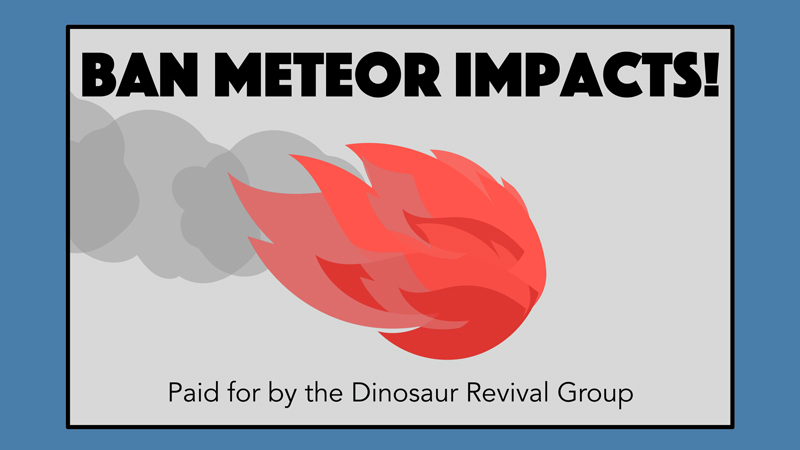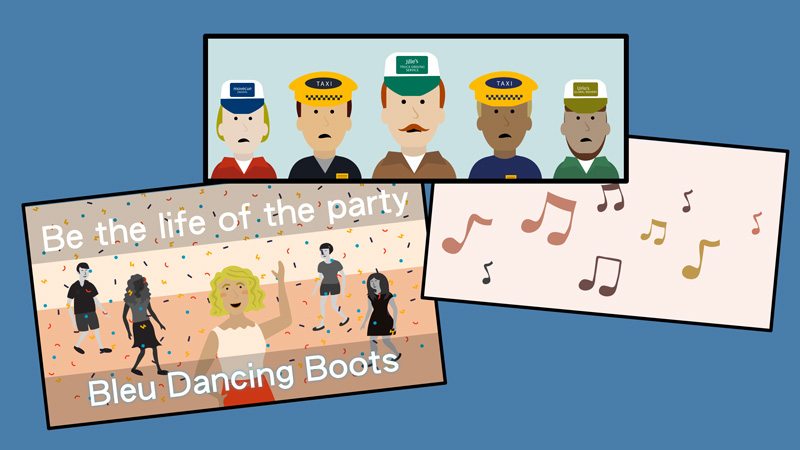Digital Media Literacy -
Deconstructing Media Messages

Digital Media Literacy
Deconstructing Media Messages


/en/digital-media-literacy/how-ads-and-clicks-shape-the-internet/content/
Ads, news, movies, TV shows, and many other types of media all want you to accept their messages at face value. However, you should look beneath the surface and ask questions to decode what these media messages are really saying.
Watch the video below for more on deconstructing media messages.
Knowing who is responsible for a message can reveal its true intention, as well as any possible bias. If the source isn’t obvious, you can find it by following links or checking legal disclaimers.

The obvious part of a message is called the text, which includes any language, imagery, music, or anything else you can see and hear. Creators can use a multitude of techniques to grab your attention, and they will often craft the text to appeal to a specific audience. Even if you enjoy the message, try to remain critical so you can see if it contains actual substance or if it’s all smoke and mirrors.

The implied part of a message is called the subtext, and it’s suggested by the content rather than directly seen or heard. We as individuals then decide how to interpret this subtext based on our personal biases, world views, and expectations. People with different perspectives might interpret the same piece of media very differently.

While this may not be a big deal with entertainment media, different interpretations of news and educational media can create confusion and misunderstanding. Try to set aside your biases and preconceptions, and you’ll be more likely to get in tune with what the message is actually trying to say.
Some media may withhold or exaggerate information, like an ad that makes their product appear more effective than it really is. Make sure you always get a complete set of information from trustworthy sources, even if the media itself neglects to do so.

Deconstructing media messages is a critical skill in our media-saturated culture, as it helps you cut through the noise and reach your own conclusions.
/en/digital-media-literacy/the-problem-with-photo-manipulation/content/